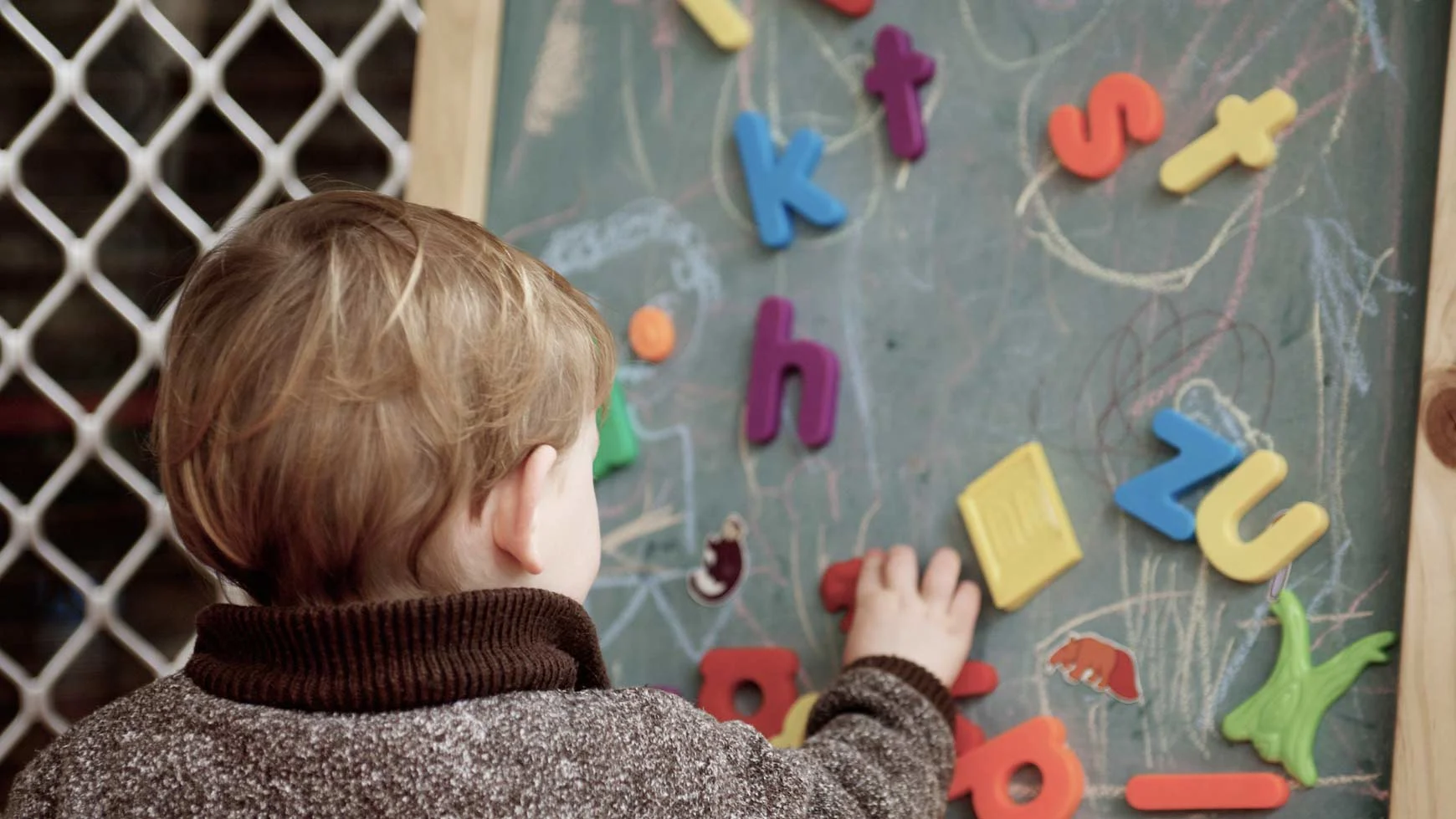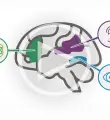Possible causes of dyslexia

At a glance
Researchers are looking into a number of potential causes of dyslexia.
They’ve found several genes that are linked to reading and language processing issues.
There are brain differences between people who have dyslexia and those who don’t.
Dyslexia is the most common learning difference. It affects about 5 to 12 percent of kids. So what causes this lifelong condition? There’s no clear answer yet. But researchers are looking at a number of factors, including the role of genes and the brain.
Learn more about the potential causes of dyslexia.
Dyslexia, genes, and heredity
Dyslexia runs in families. As many as 49 percent of parents of kids with dyslexia also have it. And about 40 percent of siblings will also struggle with reading.
Researchers have been looking at specific genes. So far, they’ve found several genes that are linked to reading and language processing issues.
These genes likely play slightly different roles. Some are thought to impact brain development. Others are thought to impact how the brain communicates. So your child’s reading difficulties probably aren’t due to just one gene.
If you have dyslexia in your family, there’s an increased chance that your child will have dyslexia, too. So it’s important to be vigilant and communicate any concerns to your child’s teachers. See a list of signs of dyslexia at different ages.
Dyslexia and differences in the brain
A lot of dyslexia research uses a type of brain scan called MRI. Scans are used for different purposes. Some look at brain structure. Others look at brain function associated with a task (like reading). And some measure the brain’s chemistry.
In all of these areas, researchers have seen differences between people who have dyslexia and those who don’t.
For example, the parts of the brain involved in reading don’t function the same in people with dyslexia as they do in others. Functional MRI (fMRI) scans show that some areas are less active. That can make it hard for kids with dyslexia to learn to read.
But fMRI studies also show that the brain can change. This concept is known as neuroplasticity. Researchers have looked at scans taken before and after people with dyslexia had effective reading instruction. The images show a different pattern of brain activity. (See a graphic that shows how reading changes the brain.)
That doesn’t mean dyslexia goes away. But it does mean that with good instruction and practice, kids with dyslexia can make lasting improvements in reading.
Keep in mind that these research tools aren’t used to diagnose dyslexia. For that, your child has to be evaluated by a professional. See what happens in a dyslexia evaluation.
The connection to other learning and thinking differences
Many kids with dyslexia have other learning and thinking differences as well. It’s common for kids to have both dyslexia and , for instance. Anywhere from 20 to 40 percent of kids with ADHD also have dyslexia. There’s been little research into the connection, but experts think genes may play a role. Watch as an expert explains the overlap between ADHD and dyslexia.
Kids with dyslexia often also have . Research suggests that there may be a genetic link between difficulty with reading and difficulty with math. Learn more about dyslexia, dyscalculia, and genetics.
Knowing the causes of dyslexia can help you better understand your child’s challenges. It can also help you get the support your child needs. Find out what to do if you think your child has dyslexia or if your child was recently diagnosed. And learn about dyslexia treatments and strategies you can try at home.
Key takeaways
Dyslexia runs in families.
The parts of the brain involved in reading work differently in people with dyslexia than they do in others.
Dyslexia doesn’t go away. But with good instruction and practice, kids with dyslexia can improve at reading.
